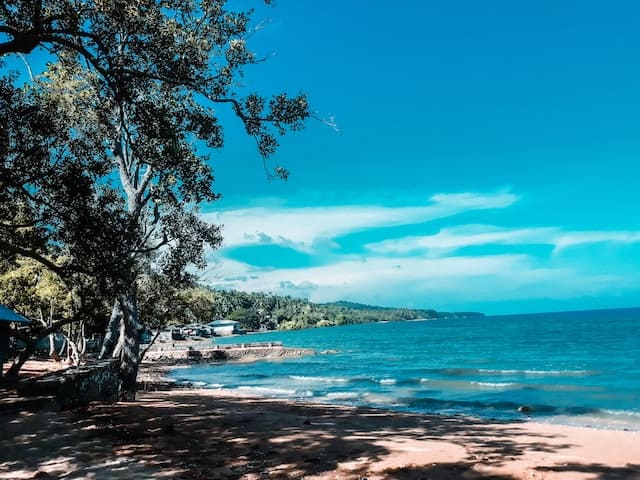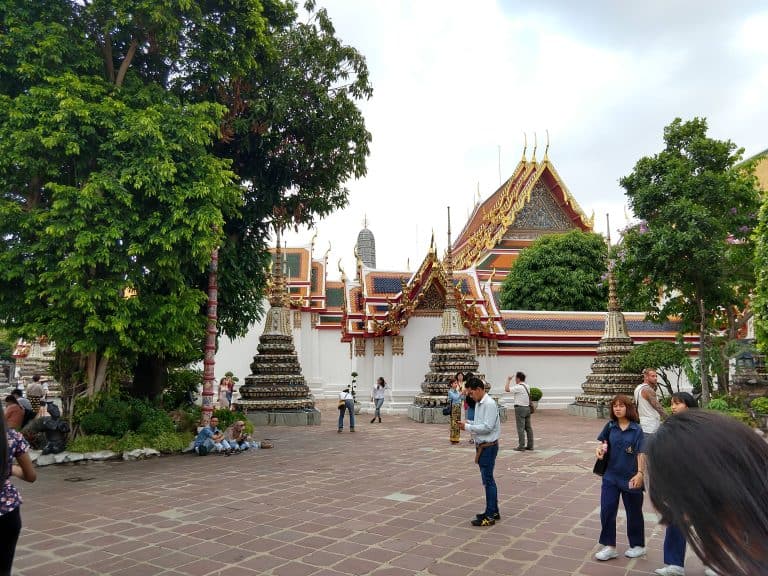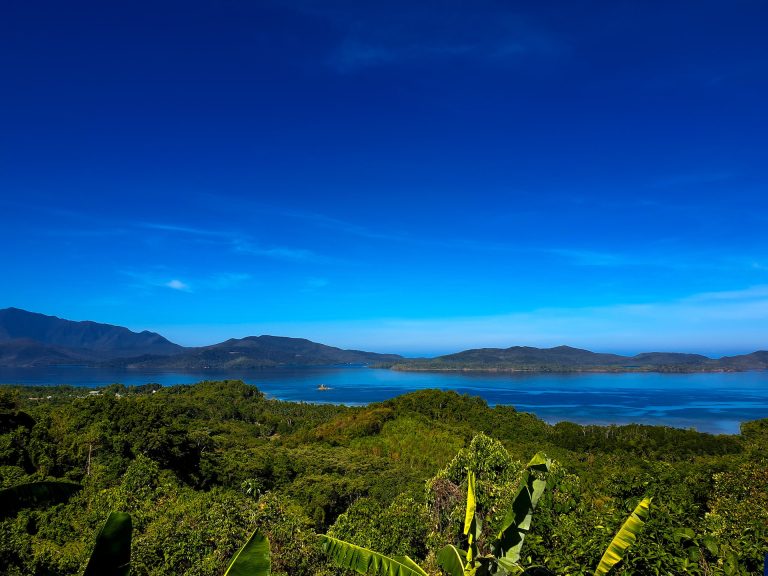Manila Vs. Cebu: Where To Visit?
Manila and Cebu are the two biggest cities of the Philippines.
Manila is the massive national capital, and the usual entry point for international flights. Its metro area, known as Metro Manila or the National Capital Region, is probably near 15 million residents as of writing.
Cebu is the principal city of the Visayas—the expansive archipelago in the middle of the country. With around 3 million people in its metro area, it’s still a huge population center, but nowhere near Manila’s overwhelming size and density.
I’d recommend visiting both. After all, the flight between them costs little and takes only about 1.5 hours.
But if that’s not possible, then which are you likelier to enjoy?
Manila has more to do for most short-term visitors, and it’s easier to reach thanks to far more international flights. Cebu is a calmer (but still lively) city with overall lower costs, a mellower pace, and easier access to stunning nature. Manila and Cebu are both big cities with high-rise business districts, historical landmarks, captivating museums, and ample nightlife.
In other words, they offer many of the same things but on a different scale. Manila has more (in number and variety) of all the usual urban amenities, but Cebu is probably more conducive to a relaxing trip.
All that to say, your choice may come down to where you’re flying from/to and how much of a city versus outdoors/beach person you fancy yourself.
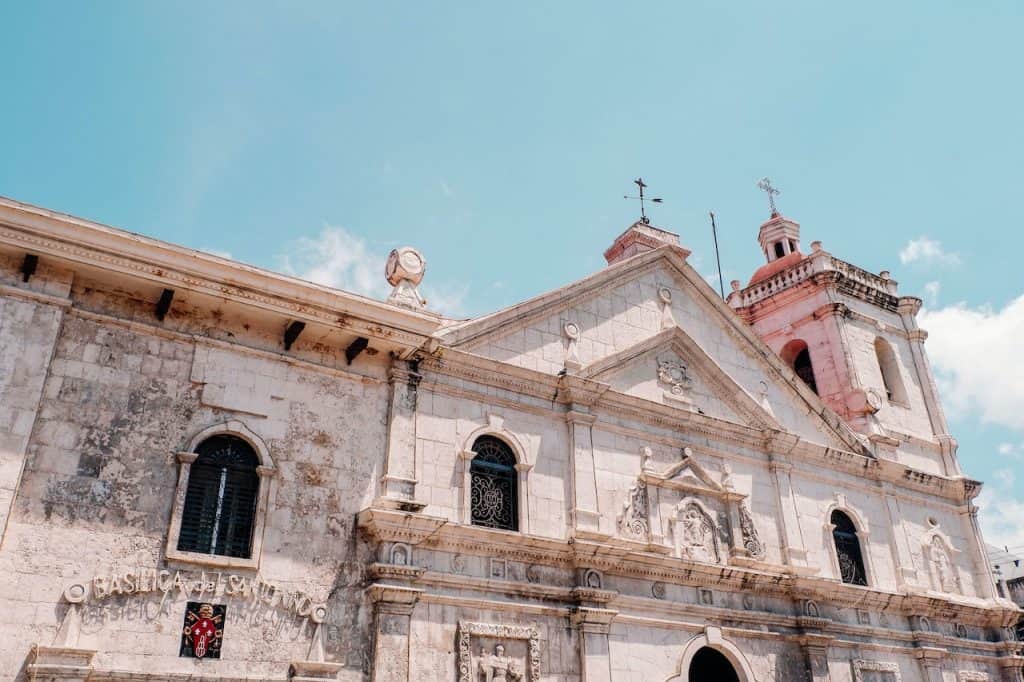
Safety is comparable, accounting for size
Safety questions are always touchier and more subjective than we’d like. That said, I’ll try to shed some light here from my own experience and research, as I’ve done here for Manila.
Cebu and Metro Manila are in the same ballpark in terms of safety. I wasn’t able to find data on the specific areas that most foreigners prefer: BGC and Makati in Manila, and (usually) around IT Park in Cebu.
However, Numbeo publishes a great comparison of the two cities based on user polls. It does not reflect actual crime figures, rather how respondents perceive crime and safety.
In other words, what do visitors worry about, and how much do they worry?
Apparently, the City of Manila feels less safe than Cebu. I’d tend to agree, although Cebu as a whole is much bigger than just the City of Manila proper.
On the other hand, Makati is somewhat safer than Cebu, especially in terms of perceived violent crime risk.
It’s not quite reasonable to compare a small city like Makati, or Manila proper, to a large city like Cebu. The latter includes both incredibly dangerous and remarkably nice districts. Most visitors to Cebu prefer the IT Park area, which looks and feels much like the trendier areas of Manila.
Unfortunately, those are the most relevant data I know of, without getting deep into crime stats.
However, they do support the general advice that you needn’t worry if you a) stick to districts that are popular with other visitors and b) avoid walking alone at night, especially by yourself.
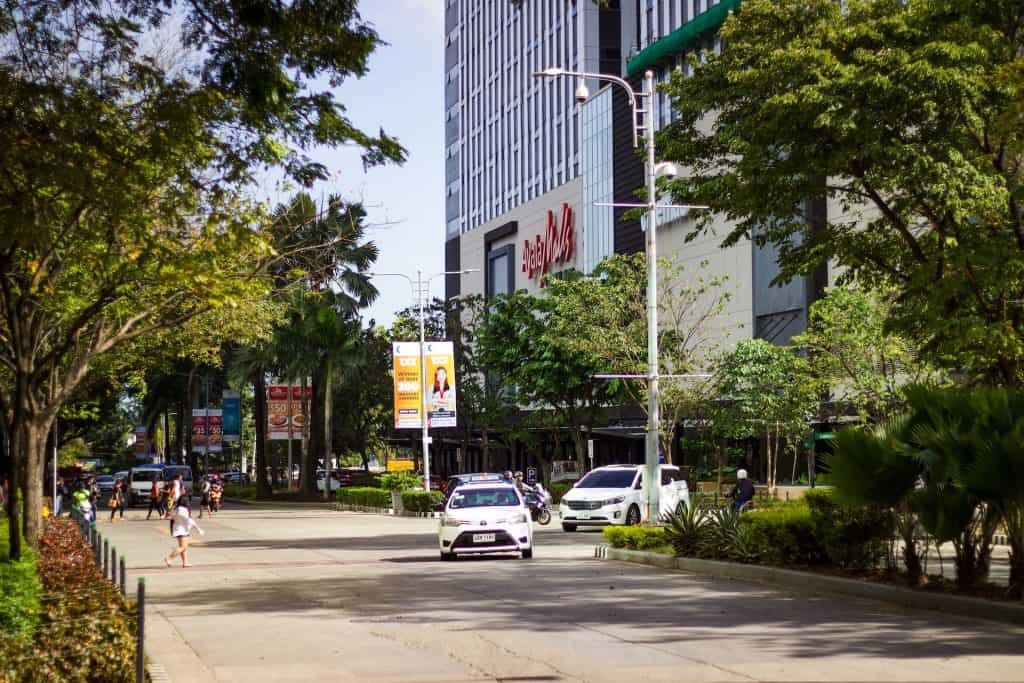
Cebu is cheaper, especially for long-term rentals
Short-term visitors staying in hotels may find Cebu are slightly cheaper than Manila, but not dramatically so.
However, rent is significantly less in Cebu. If you’re a long-term visitor renting a house or apartment, then you’ll likely pay far less in Cebu.
Prices for visitors
Hotels are the main cost for short-term visitors, so we’ll start there. I’d give a very rough estimate of $40/day for a very frugal but decent hotel in Metro Manila, and three times that amount for an upscale hotel in a business district. (By the way, that whole Manila travel costs article has more details and context that you might find helpful.)
In Cebu, comparable rooms in comparable districts seem to run about 25% less. That’s a very rough rule of thumb, and there are plenty of exceptions in either direction. Unless you plan a week or two in a four-star hotel, the difference between Manila and Cebu hotels probably won’t make or break your short-term travel budget.
Food and rideshare (Grab) costs are very similar between the two cities. The costs in the Manila article mentioned just above will apply to Cebu, more or less. This may not hold true for the highest-end venues of Makati and BGC, if only because they have fewer equivalents in Cebu. I haven’t spent enough time in them to say firsthand.
Long-term cost of living
If you’re staying long enough to merit an apartment, condo, or even a house, then Cebu should cost significantly less.
I haven’t rented in either city, and could only speculate. Instead, here are two excellent guides to expats’ cost of living (beyond just rent).
Manila (Makati and BGC):
Cebu:
He recommends a minimum of $600/month to get by in Makati or BGC, but notes that $1,000-$2,000/month provides a comfortable standard of living.
He suggests at least $600/month in Cebu, as well, but ideally $750-$1,400/month if possible.
In either case, the bare-minimum budget of $600/month should include an apartment that is either convenient or pleasant, but probably not both.
Manila is the main hub for air travel
NAIA in Manila is much larger than Cebu’s airport, and has far more international routes. You’ll probably have to fly into Manila and connect onward.
Budget-wise, it hardly matters. Cebu Pacific Air sells extremely cheap MNL-CEB tickets. For instance, it’s not uncommon to see promo fares under $30 round-trip.
If you’re arriving on a foreign airline with direct Cebu flights, then purchasing a ticket to Manila may prove much cheaper. However, NAIA is an enormous airport full of eternal lines. Check first that switching airlines won’t require switching terminals, or other headaches.
For Cebu, brush up on Bisaya (Cebuano)
The main language of Cebu is called Cebuano, also known as Bisaya. It’s closely related to Tagalog, but comes from a slightly different branch of the same family. The two languages aren’t siblings, as it were, but more like first cousins.
Cebuano is often called Bisaya, and it’s prevalent throughout the Central and Eastern Visayas plus parts of Mindanao (including Davao and Cagayan de Oro).
Just like elsewhere in the Philippines, English is the second language of Cebu, and sometimes the main language of business and education. Tagalog is widely understood, as well, even though few speak it natively.
Note that the Filipino language refers to Tagalog, especially in its Manila dialect. As you can imagine, some Cebuanos (and most other non-Tagalog people) dislike the use of “Filipino” for the language of the capital region.
It’s an interesting situation, and you can read more here about the nuances of language in Manila.
Conclusion: Which Is Better, Manila or Cebu?
Both are highly developed, generally affordable cities that offer a wide slice of Philippine life.
If you’re a short-term traveler looking to take in all the city action you can, then Manila is the better choice. Take a look through this site’s Around Town category for more information on what to spend, do, and expect in Metro Manila.
If you’re staying long-term and want to economize, or just slow down the pace a little bit, then Cebu may suit you best.
Both cities are quick and easy jumping-off points to beautiful beach destinations. Getting to and from the airport may be a little less painful in Cebu, but be prepared for congestion regardless.
The island of Mactan (the site of Cebu’s airport) also has some gorgeous resorts of its own, no additional flights required.
My recommendation? If time permits, then take advantage of the dirt-cheap airfares and visit both!

